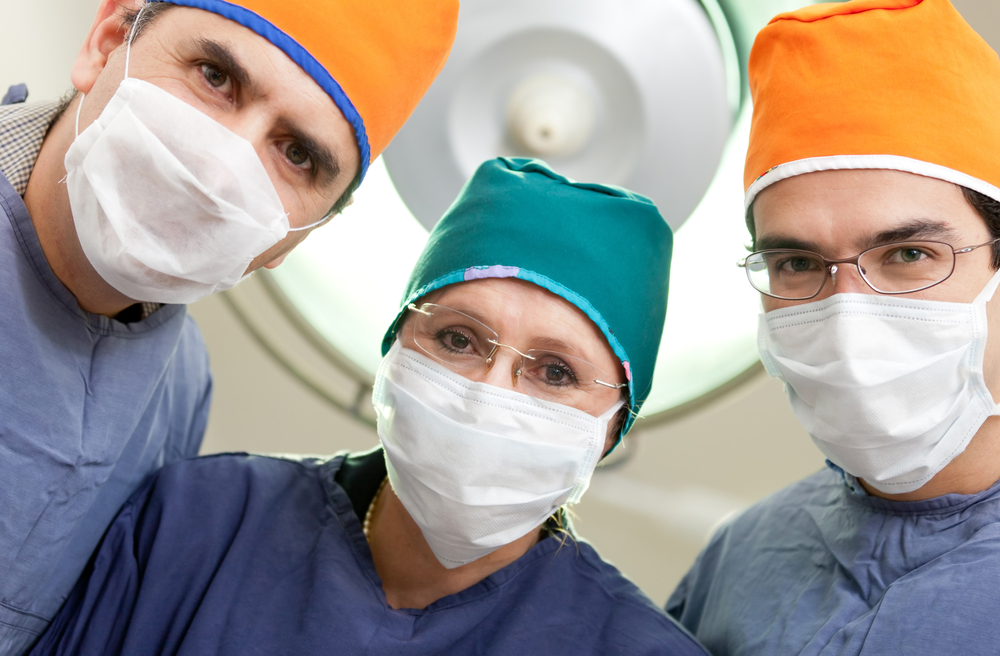The Gorilla in the Room
When I first sat down to write this article, a myriad of topics came to mind. There is a LOT going on right now–technical, business, professional development, and more… I think what I’m going to go after today is a bit more abstract than normal, but hopefully, it will resonate with you, nonetheless.
My colleague, Thierry Wagner, Global Director Regulatory & Standards, recently shared a fun video with me. I invite you to watch the entire video here.
Go ahead, I’ll give you a few minutes to view it (you’ll have to watch it for the rest of this blog to make sense).
After watching, you may be wondering, “What does this mean to me, Jen?”
There are many hidden gems in this video, but I’m going to focus on the most obvious one—the gorilla in the room. The first time you watched the video, did you see it? I didn’t, and I knew it was going to be there; Thierry told me about it. I was peripherally aware that something was happening outside of what I was focused on but couldn’t be bothered to actually see what was going on.

So, here’s where the abstract comes in…let’s say that the players were representing the different roles or actions that allow a medical device to be safe for use. The ball being received by the next player indicate safety and efficacy. I think a case can be made where the packaging role is represented by that gorilla. Had the gorilla not entered the room, the ball the black-shirted players were passing would have flown off screen. But it didn’t. Lo and behold, the gorilla was there to catch it. Unseen by most, the gorilla stepped right in, caught the ball, and kept the game going.
One of the fundamental goals of the package engineer is to make the package go unnoticed. We do this so well sometimes, in fact, that it can be to our detriment. Because we manage it so well, our role often goes unnoticed and can be taken for granted. We see it in consumer goods packaging, too; we don’t notice the packaging unless there is a problem. We fly under the radar, taking care of all things related to packaging – from cradle to grave, making it look easy. That is, until what we are taking care of is so large that we drop the ball because there are simply too many balls to keep in the air. The gorilla can no longer catch the ball.
The question we need to ask ourselves, as packaging professionals, is how do we prevent this from happening in our organizations and ultimately to ourselves? How do we get rid of the stigma of “it’s just packaging” and “anyone can do it”? The best idea I can come up with is to gather as a community and sharpen our game. Become more scientific and calculated in how we elevate packaging’s role in our organizations, so we can’t – and don’t – drop the ball.
So where can we come together? In my previous blog, I spoke about different industry organizations available for packaging professionals. Should we, collectively, accept the challenge that is in front of us, there are a few hot topics that will—should we manage them well—allow us to dictate our future, including: sustainability and the circular economy, usability, risk management, efficiency, and scientific advancement. To stay on top of our game in the business world, we also need to be developing ourselves professionally, including succession planning.
Currently, there are a plethora of projects going on within ASTM dealing with usability, efficiency, and scientific advancement. If ASTM isn’t your cup of tea, check out AAMI, where risk management is heating up with respect to ISO 11607; with the advent of EU MDR, we are being called on to up our game. Want something a little less formal, yet scintillating, nonetheless? Join KiiP, an industry-led group that’s breaking barriers in the value chain by inviting the voices of healthcare workers into the conversation–allowing us to talk about things that are long overdue while tapping into the hot topics of circularity and sustainability, usability, scientific advancement, and efficiency. Or, maybe professional development is your jam? Check out IoPP and its Medical Device Packaging Technical Committee (MDPTC); there are great programs being developed that go after all aspects of our talent pipeline, creating a sustainable wealth of knowledge, welcoming newcomers in with open arms, and helping them get adjusted to medical device packaging.
There is clearly plenty of work to be done to advance ourselves as an industry. The only way we are going to get where we want to go in providing safe and effective packaging for our devices, with our patients’ safety in mind, is together.
So, who’s with me? Let’s call attention to the gorilla in the room by making our presence known in our organizations by being cutting edge thought leaders.



